There’s no city in America that defined labor quite like beautiful, hardscrabble Pittsburgh. Our workers produced the big, hard, heavy, clanging things that made the world go ’round: iron, steel, aluminum, glass, massive rotors, giant generators. Nobody worked as hard as Pittsburghers. And nobody wrote and sang about the working class lives and loves of Pittsburghers quite like the fabulous Iron City Houserockers.
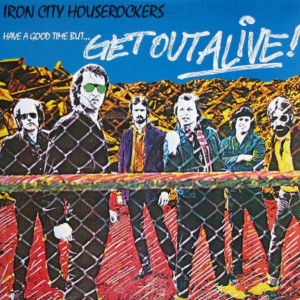 The band’s early lineup included founder, guitarist and vocalist Joe Grushecky, bass player Art Nardini, drummer Ned Rankin, guitarist Eddie Britt, keyboardist Gil Snyder, guitarist Gary Scalese, and harmonica player Marc Reisman. These guys knew a thing or two about the blue collar life. Grushecky’s dad was a coal miner and auto body worker, Nardini’s father was a mechanic, and Snyder’s pop worked construction. By the late 1970s they had developed a loyal following in the clubs and shot-and-a-beer joints of Pittsburgh, blasting out sounds that sprang from the musical well of the E Street Band, the Asbury Jukes, and the J. Geils Band.
The band’s early lineup included founder, guitarist and vocalist Joe Grushecky, bass player Art Nardini, drummer Ned Rankin, guitarist Eddie Britt, keyboardist Gil Snyder, guitarist Gary Scalese, and harmonica player Marc Reisman. These guys knew a thing or two about the blue collar life. Grushecky’s dad was a coal miner and auto body worker, Nardini’s father was a mechanic, and Snyder’s pop worked construction. By the late 1970s they had developed a loyal following in the clubs and shot-and-a-beer joints of Pittsburgh, blasting out sounds that sprang from the musical well of the E Street Band, the Asbury Jukes, and the J. Geils Band.
They released three excellent albums of original material between 1979 and 1981: “Love’s So Tough,” “Have a Good Time But Get Out Alive,” and “Blood on the Bricks.” The man known as the dean of American rock critics, Greil Marcus, called The Houserockers “the best rock band in the country” in a 1980 Village Voice article. David Fricke of Rolling Stone said that “Joe Grushecky’s lyrical muscle knocked the romantic stuffing out of pop’s generally sentimental portrait of working-class life.”
By the time I discovered The Houserockers’ working class repertoire in 1979, I had already been indoctrinated into Bruce Springsteen’s world of summer-in-the city street life and blue collar blues. It was a world populated on one hemisphere by dreamers and lovable ne’er-do-wells who scuffled on street corners and chased girls underneath the boardwalk, and on the other by disillusioned people with few choices, toiling away in factories and mills and bursting at the seams to break free of society’s chains.
But while the music and lyrics of The Houserockers’ songs were linked thematically to Bruce’s, they had a powerful and distinct sound and persona all their own. One major difference was the inclusion of harmonica on all their numbers. It gave the songs a gritty factory-whistle sound that perfectly fit the subject matter. Another difference was the overall mood of the material. In many respects, The Houserockers’ words and music went down much smoother than some of Bruce’s stark, angst-ridden songs from the post-“Born to Run” era. How many times have you felt the need to pop a Prozac after listening to his tales of end-of-the-line misfits going down to the river to self-destruct, or policemen at the door telling you your sweetheart died in a wreck on the highway? The well-drawn characters created by Grushecky and company were working hard and struggling to survive, but they managed to have a good time while snubbing authority…blowing off steam just like those factory pipes.
What’s especially significant is that Joe and his bandmates were writing their songs in the very midst of Pittsburgh’s massive steel mill demise, as thousands were losing jobs and entire neighborhoods were becoming wastelands. There wasn’t a single person in the Pittsburgh region whose life wasn’t impacted in some way by the loss of industry. Bruce, who never worked the fields or worked ‘neath the wheels, was writing about rust-belt blues from a bit of a distance; The Houserockers were writing with a full frontal view of the desolation in their own backyards.
Thirty-five years after buying my first Houserockers LP I can still say there’s not a single dud on any of those first three records. But if I had to choose only a handful of songs to highlight on this Labor Day, here are the ones I think best convey the desperation, dreams, fears, and follies of the working class hero.
I Can’t Take It. This tune, with its rollicking piano sound, was a perfect album opener. Poor Jimmy’s the coolest guy around, but it’s a lot of pressure being the town’s bad-ass role model.
Have a Good Time But Get Out Alive. I guess you could say this is “My Way” with a rock-n-roll sensibility. Don’t put those chains on me. I am young and I am free. And I’ll be what I want to be, that’s right.
Don’t Let Them Push You Around. Working hard all day at a job that you hate. Better cut yourself free before it’s too late. Stand your ground. Don’t let them push you around.
Rock-ola. In this beautiful ballad Joe references the Rock-ola, a popular model of jukebox back in the day. Working hard in the steel mill. Working hard to stay high. Nobody has any free will. They just do what they do to get by. His salvation lies in the music from that box. The fabulous Mick Ronson, David Bowie’s guitarist from the Ziggy Stardust era, plays piano on this song. Oh, I adore this one.
Old Man Bar / Junior’s Bar. This two-parter from the band’s acclaimed second LP is my favorite of The Houserockers’ work. The gorgeous accordion-laced “Old Man Bar” is about a young guy hiding from the world. He drinks 50-cent beers with grizzled men who have been sitting on the same barstools their whole lives, telling tales of World War II for anyone who will listen. The song segues into “Junior’s Bar,” a high-octane version of the same tune. Different bar, different words, same longing for love and meaning. Ronson provides the beautiful old-world mandolin music. A hard-driving lead guitar part is provided by an uncredited Steven Van Zandt, who also produced this song and four others on the album.
Pumpin’ Iron. This is The Houserockers’ quintessential song about the life of a mill hunk boy. It’s a Pittsburgh anthem. We revisit ‘ol Jimmy: He was a steel-driving man, just like his daddy was. Didn’t have a choice, just doing what he’s told…pumpin’ iron, sweatin’ steel, hearts of stone, dressed to kill…you can never understand the way I feel.
The Iron City Houserockers disbanded in 1984 after the release of their fourth album, “Cracking Under Pressure.” Joe Grushecky embarked on a solo career, while working a day job as a special education teacher in one of the toughest, poorest school districts in the state. In 1989 he repackaged The Houserockers (minus Iron City in the name) with new members, and began to forge a close, collaborative relationship with Springsteen. Bruce produced The band’s 1995 “American Babylon” LP, and together with Joe wrote the Grammy Award winning song “Code of Silence.” If you’ve seen a Bruce show in Pittsburgh during the last 15 years, you’ve no doubt watched Joe take the stage and play a few numbers with the E Street Band.
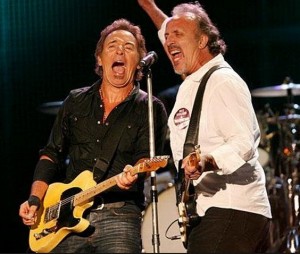 I’ve often wondered why The Iron City Houserockers never became a big national act. They were signed by a major label, MCA, right from the start. Their early songs and albums received glowing reviews from serious critics. They opened for some of the biggest acts in the business, from Bob Dylan and Dion, to Iggy Pop and Lou Reed. Heavy-hitters like Ronson, Van Zandt, Steve Cropper, and Ian Hunter arranged, mixed and produced various tracks. Through the years the band was featured on CNN, Entertainment Tonight, Solid Gold, and MTV. Maybe the music business only has so much room for what are known as “heartland rockers” — the Springsteens, the Segers, the Mellencamps, the Pettys. But it’s okay. The Houserockers will always be Pittsburgh’s own personal workingman’s band, moving the crowd with their poor-boy symphonies.
I’ve often wondered why The Iron City Houserockers never became a big national act. They were signed by a major label, MCA, right from the start. Their early songs and albums received glowing reviews from serious critics. They opened for some of the biggest acts in the business, from Bob Dylan and Dion, to Iggy Pop and Lou Reed. Heavy-hitters like Ronson, Van Zandt, Steve Cropper, and Ian Hunter arranged, mixed and produced various tracks. Through the years the band was featured on CNN, Entertainment Tonight, Solid Gold, and MTV. Maybe the music business only has so much room for what are known as “heartland rockers” — the Springsteens, the Segers, the Mellencamps, the Pettys. But it’s okay. The Houserockers will always be Pittsburgh’s own personal workingman’s band, moving the crowd with their poor-boy symphonies.
Today’s group, which includes original member Art Nardini, is always in big demand. I saw Joe and the guys play last month at the Flood City Music Festival in Johnstown, PA, and guess what? They’re still pumpin’ and sweatin’ that rock-and-roll steel just as hard as ever.
Is it just a coincidence that the photo on the back cover of The Houserockers’ first album, “Love’s So Tough,” looks so much like the picture on the back of Bruce’s second LP, “The Wild, The Innocent, and the E Street Shuffle”? Great minds think alike.
© Dana Spiardi, Sept 7, 2015

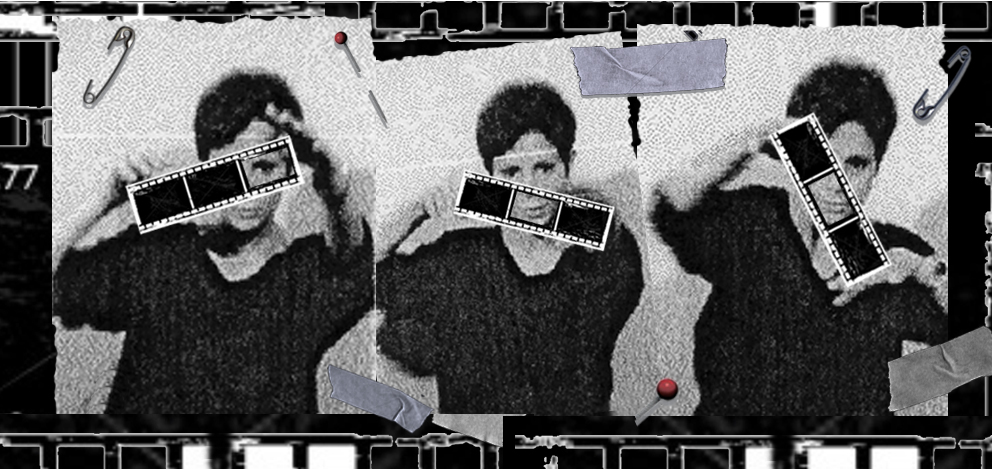
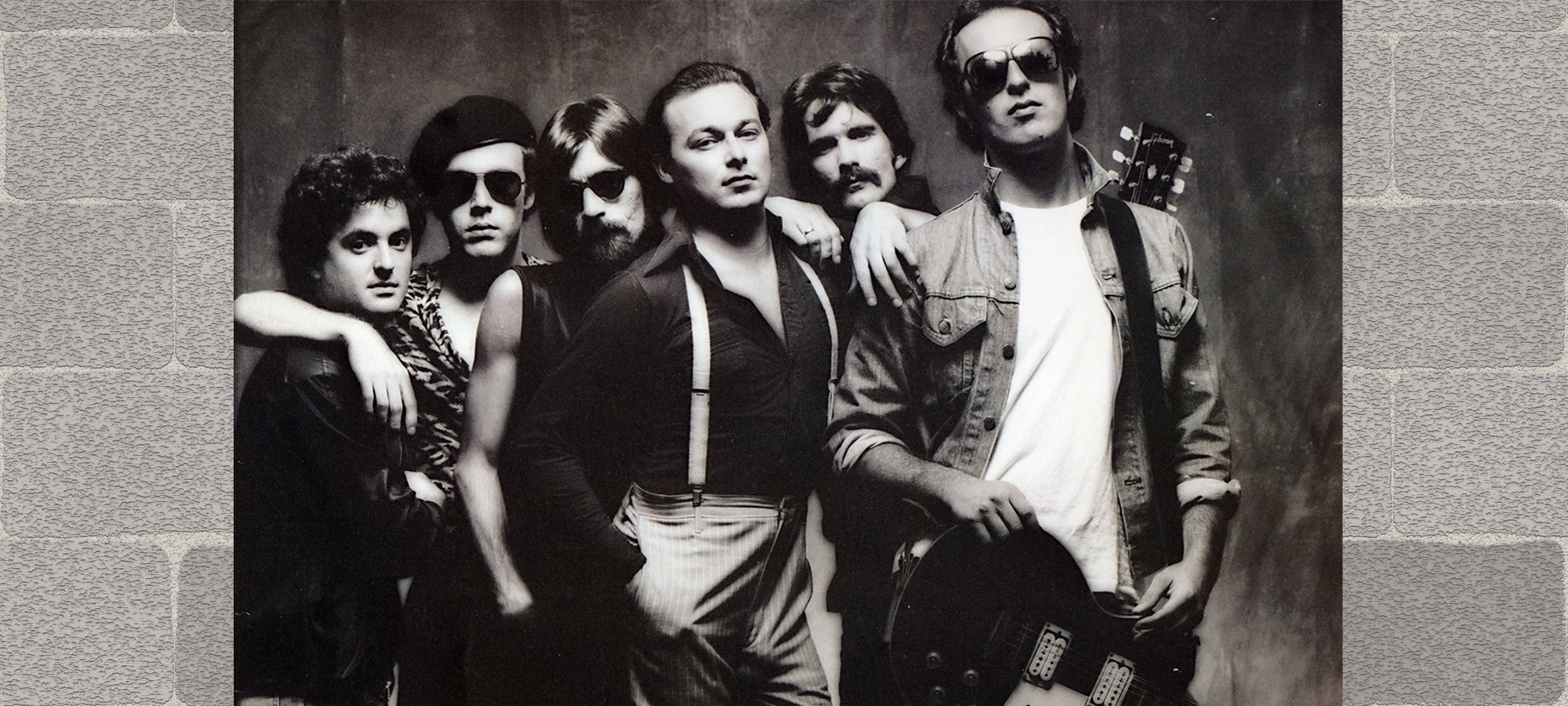
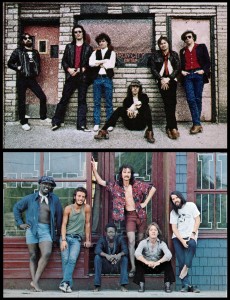
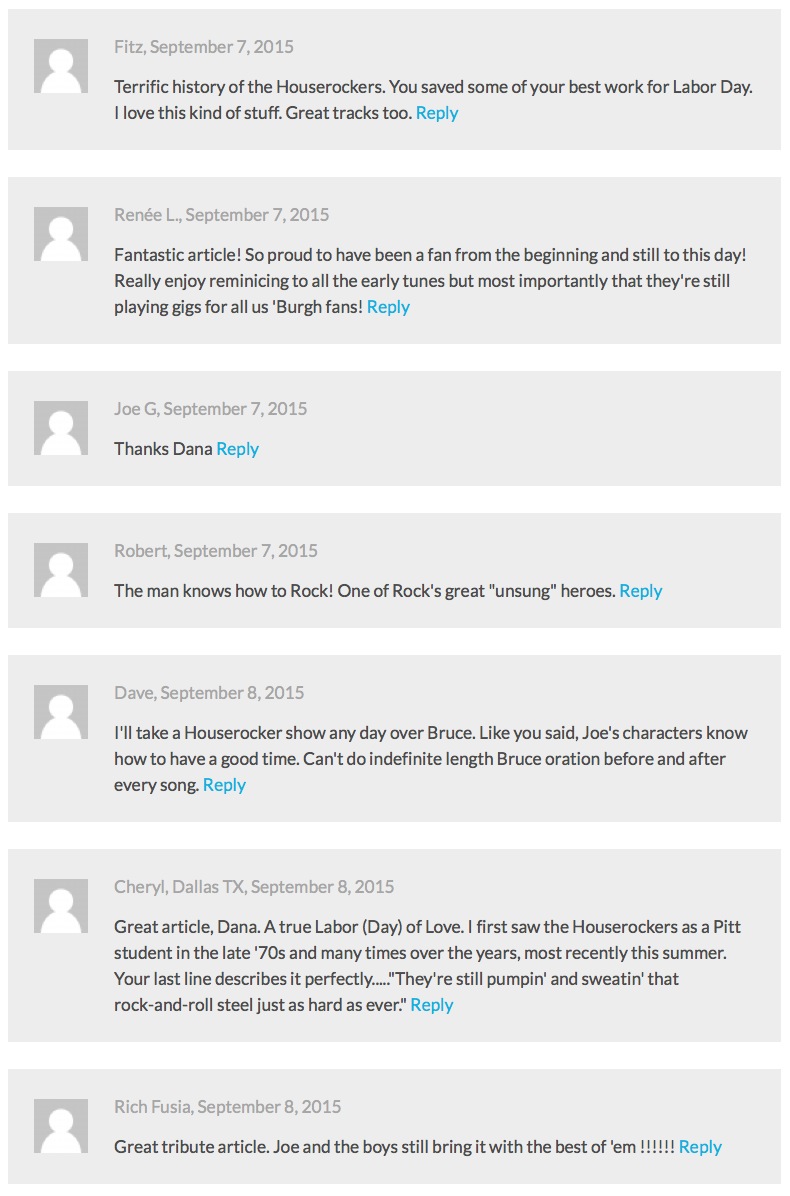


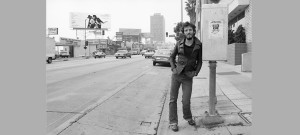
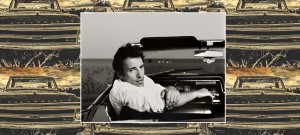
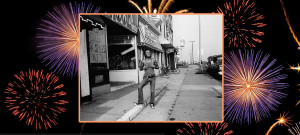
Glad I am getting a chance to retract my previous comment on this post. I had no business making that comment before actually seeing a Springsteen show.. Saw the River tour in Pittsburgh. Definitely top shelf rock and roll entertainment.. Sorry Bruce. Still love the Houserockers.